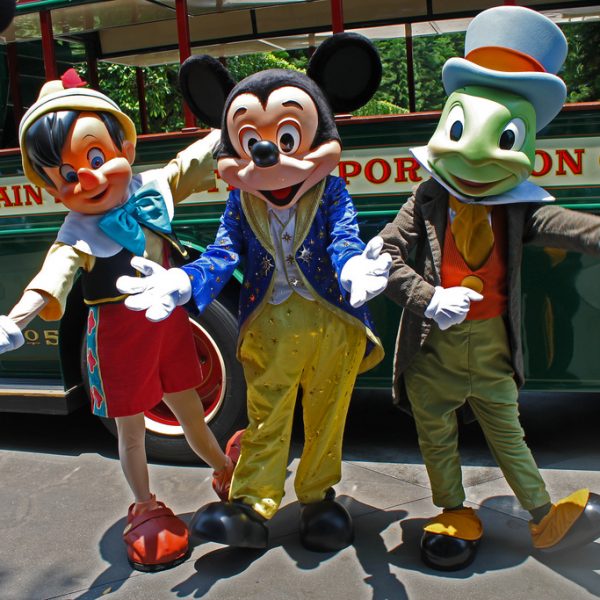Lest We Forget: What We Don’t Know About Animals
Sarah Underwood—
A lot more sheep were involved in my college experiences than is probably typical. Colonial Williamsburg overlaps the College of William and Mary’s campus, so my friends and I had easy access to the reconstructed historical buildings and gardens. Because I’m a nerd (typical of W&M), I toured almost every historical building in Williamsburg, but because I’m weird (also typical of W&M), I more often visited the horses, sheep, ducks, fish, oxen, chickens, and cats that lived outside. Taking a walk and stopping to watch the lambs was a fun—and unusual, or so I’ve heard—way to de-stress. While I was leaning on the fence and staring, I figured that the sheep didn’t, or more likely couldn’t, care about me. But before reading Jenny Diski’s What I Don’t Know About Animals, I never thought about the sheep watching me in return. I never considered that the sheep might be intentionally ignoring me, that their gaze might mean something, or even that it might be rude to stare at them.
 Diski spends some time with sheep, as well, staying at a privately owned sheep farm during lambing season. I may be prejudiced, having watched lambs frolic for extended periods of time, but I agree when she says that sheep have the cutest babies of any animals. She does not romanticize the animals, however, and reminds us that even a small farm, “light years from any intensive farming methods, is a factory for meat production”—and she suggests there is nothing wrong with that reality, at least not that she can discover. Her refusal to take a concrete position on the toughest questions about animals makes us reconsider everything we think we know about them. Do we anthropomorphize them too much, or humanize them too little?
Diski spends some time with sheep, as well, staying at a privately owned sheep farm during lambing season. I may be prejudiced, having watched lambs frolic for extended periods of time, but I agree when she says that sheep have the cutest babies of any animals. She does not romanticize the animals, however, and reminds us that even a small farm, “light years from any intensive farming methods, is a factory for meat production”—and she suggests there is nothing wrong with that reality, at least not that she can discover. Her refusal to take a concrete position on the toughest questions about animals makes us reconsider everything we think we know about them. Do we anthropomorphize them too much, or humanize them too little?
Even her “abnormal” relationships with animals raise questions about the definition of and how we understand “non-human animals.” Diski is open about the fact that she used to be, as she says, “crazy.” Possibly her most disturbing encounter with animals is with a species that does not exist at all. As a young woman, she kept secret the fact she was dousing her skin and hair in insecticide creams and lotions, convinced her body was “infested.” Until she started her research for the book, she had never heard the name of her condition, delusional parasitosis. The “insect, lice-like, flea-like, tic-like crawling creatures that lived on” her, burrowing under her skin, probably composed the physically closest relationship she ever had with animals, and yet they were not real.
What makes her relatable—for example, when she describes her stint as an Earthwatch volunteer researching elephants—is the confession she makes in the book’s title. Her encounters with animals are something any person could have and probably has had. The animals in her life have included Winnie-the-Pooh and his friends, a duck in a story she wrote in primary school, and her multiple cats. Whether they are real, imagined, on the television, or behind the zoo’s bars, the primates, bugs, and stuffed toys she describes are always familiar. Our knowledge of animals will always be defined by our limited ability to form relationships with them, something she admits might be impossible. She traces her personal involvement with all kinds of creatures at the same time she chronicles human’s relationships with their non-human counterparts from Genesis to twentieth-century children’s wildlife programs, trying to find connections. What she doesn’t know, we find, is far more complex than what we do.
Sarah Underwood is a graduate of the College of William and Mary and a former Yale University Press intern. Her column, Lest We Forget, appears on the Yale Press Log.



